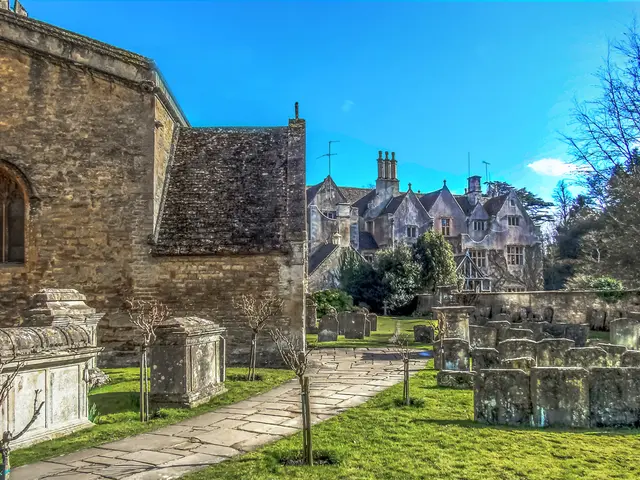India's Political Communication: From TV to TikTok
In India's dynamic political landscape, communication strategies play a pivotal role in shaping public opinion and mobilising voters. Traditional media, digital platforms, and innovative approaches converge to create compelling narratives that resonate with diverse audiences.
Political communication in India spans television ads, campaign speeches, rallies, newspapers, and social media. Engaging content, including visuals, is vital for capturing voters' attention. For instance, the ruling Bharatiya Janata Party (BJP) effectively used emotional and accessible content, leveraging algorithmic mechanisms on platforms like Facebook and Twitter to reach a wider audience.
Identifying the target audience and selecting the right platforms are crucial initial steps. The BJP's strategic use of youth-appealing platforms like TikTok, for example, helped engage younger voters. Timing is also key; messaging should capture attention without overwhelming audiences.
Public relations campaigns are essential for spreading positive messages about candidates or parties. These campaigns use press releases, interviews, and events to maintain message consistency across channels. Traditional media outlets, such as print newspapers and television news shows, still play a significant role in political communication, complementing digital strategies.
Every political campaign in India requires a robust communication strategy to succeed. This involves using digital and social media for real-time engagement, creating emotional and accessible content, employing youth-appealing platforms, and having clear crisis communication plans. By integrating narrative-building and community engagement, political communication strategies aim to influence public opinion, increase visibility, and mobilise voters effectively in the world's largest democracy.
Read also:
- HLC Approves ₹4,645.60 Crore for Flood Recovery and Wetland Rejuvenation in Nine States
- Crooked House Pub's Demolition: Council Orders Rebuild, Debate on Historic Building Protections
- Shaping India's Economic Progression: Readying the Financial System for Tomorrow
- Ethiopia's Grand Dam: 15,000 Lives Lost, Water Concerns Unresolved




